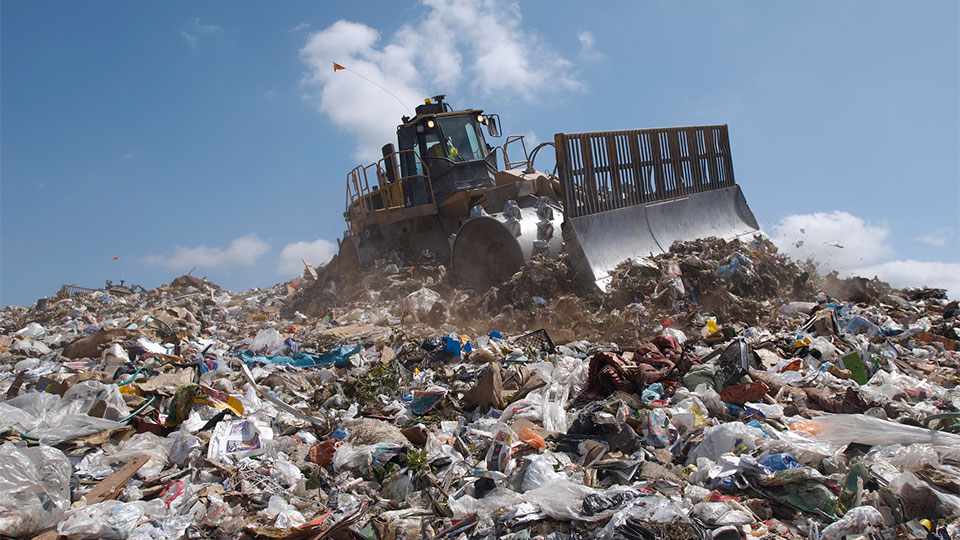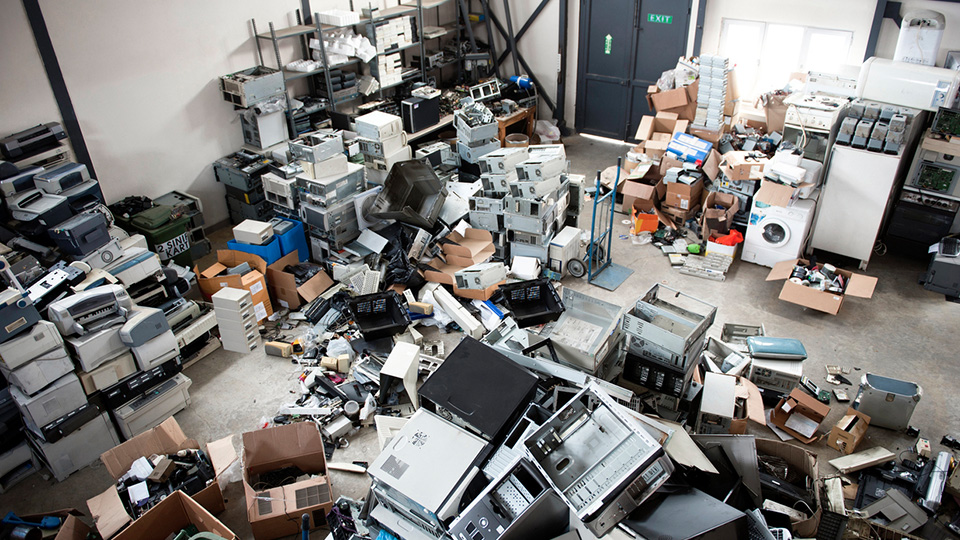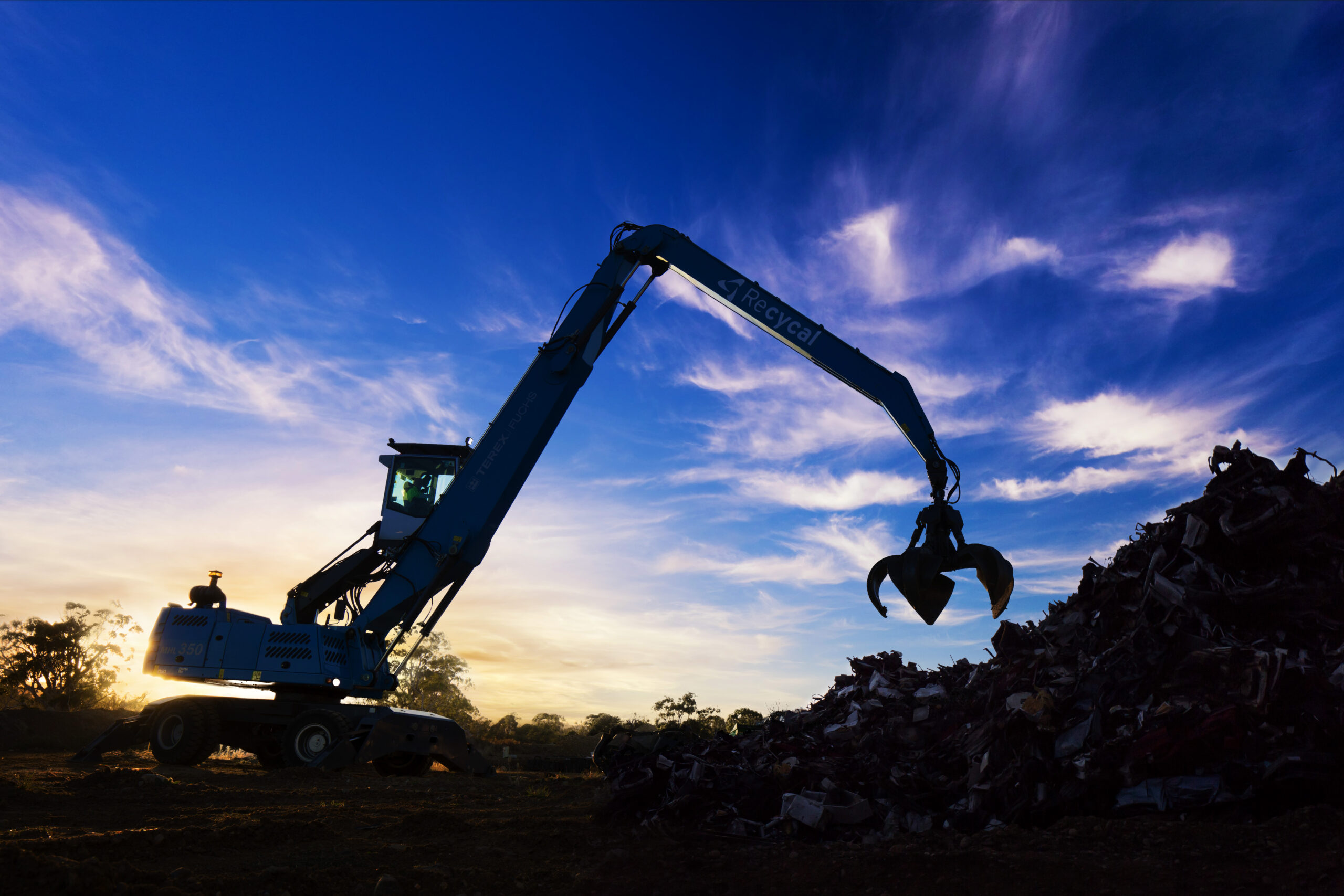In an attempt to boost recycling rates, many states across Australia have introduced waste levies.
Collected on behalf of state governments by the operators of landfill sites, levies are an additional fee paid by dumpers on top of the usual disposal charges.
Depending on the state, the origin of the waste (city or country) and the material involved, most levies fall in the range of $50 to $150 per tonne.
The idea is that, by making landfill more expensive as a disposal option, recycling becomes a more attractive proposition for the generators and collectors of the waste.
In addition, the funds raised by the levies can be used to support recyclers and boost investment in sorting and other recycling technologies.
With each state and territory responsible for it own waste management, Australia has ended up with a bit of a mishmash of levies.
New South Wales, Victoria, South Australia and Western Australia have them. Queensland, Tasmania and the Northern Territory do not.
Do levies work?
For a brief period, Queensland did have a waste levy.
During this time, the diversion rate of waste to recycling increased, only to decline again when the levy was removed.
Meanwhile, the diversion rate of waste in New South Wales has steadily risen in line with regular increases in the waste levy.
So yes, waste levies do help to divert waste from landfill.
However, the patchwork of state policies causes other problems.
The lack of a waste levy has been blamed for a large amount of interstate waste, some from as far away as Victoria ending up in Queensland’s landfills.
It has also been argued that waste levies increase the level of illegal dumping.
However, even without a levy, Queensland still experiences this problem.
Also of concern are recent reports that construction and demolition waste from New South Wales that is supposed to be recycled is being trucked straight to landfill in Queensland.
Queensland recycling facilities are providing paperwork to show the materials are being recycled.
This circumvents New South Wales rules that limit the transport of metropolitan waste that is destined for landfill to less than 150 km from its source.
It also allows developers to claim green building certificates for waste that should be recycled but isn’t.
Levelling the playing field
While there is good evidence that waste levies work, the mix of current rules means the system is far from perfect.
Ecocycle’s Business Development Manager Daryl Moyle believes Australia needs a level playing field.
“A uniform fee across all states and territories would be a good place to start,” he said.
“Getting rid of price discrepancies will reduce the incentives to ship waste interstate.”
While regulation of waste will remain a state responsibility, overseen by the environmental protection agencies in each jurisdiction, cooperation between authorities could reap big rewards.
“The levy needs to be set at a rate that provides a cost signal to the collectors of waste, which in turn will help them set their fees,” said Mr Moyle.
“But levies alone may not be enough. Dumping needs to be properly policed, and in the case of hazardous wastes outright bans need to be imposed on disposal to landfill.”





